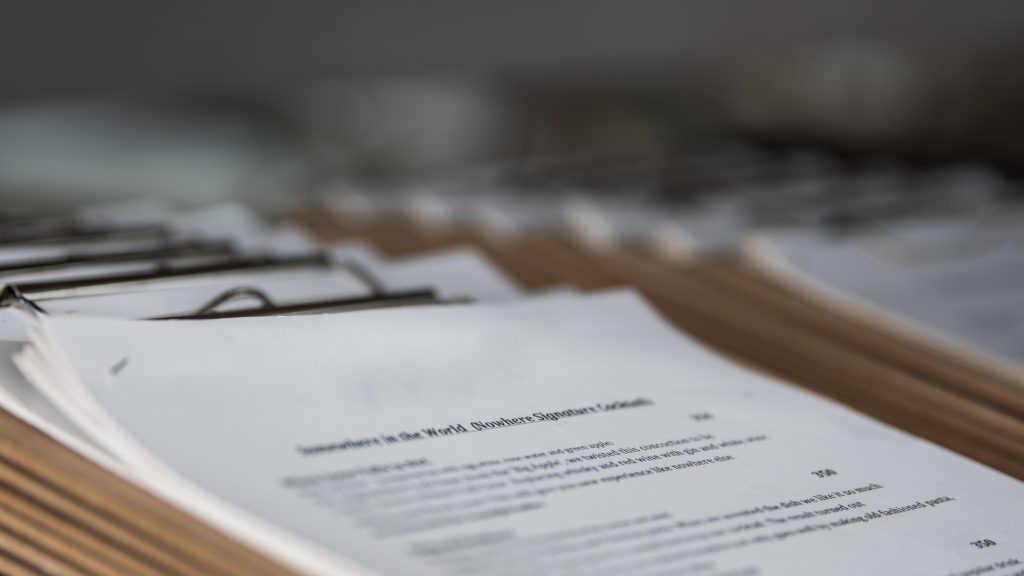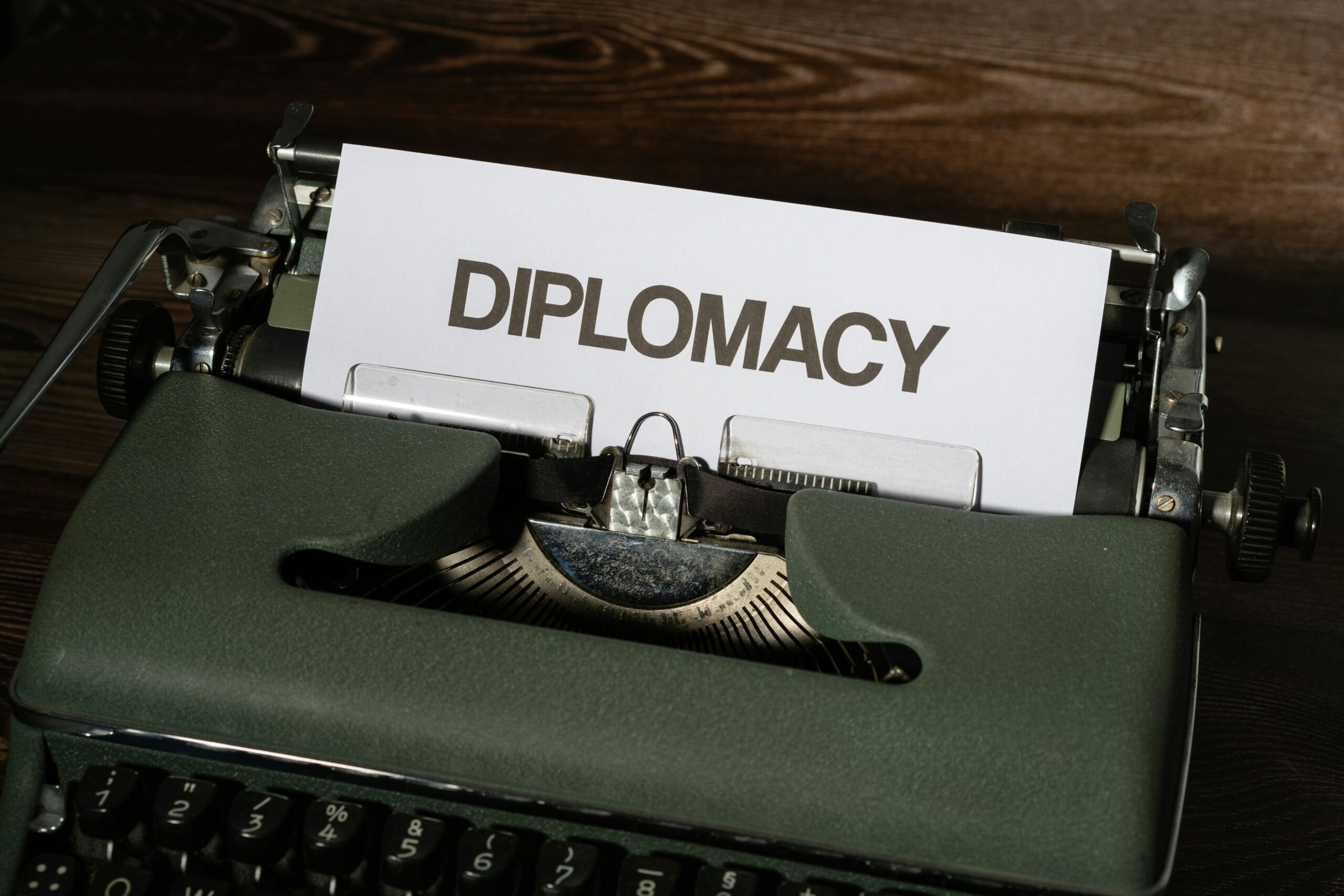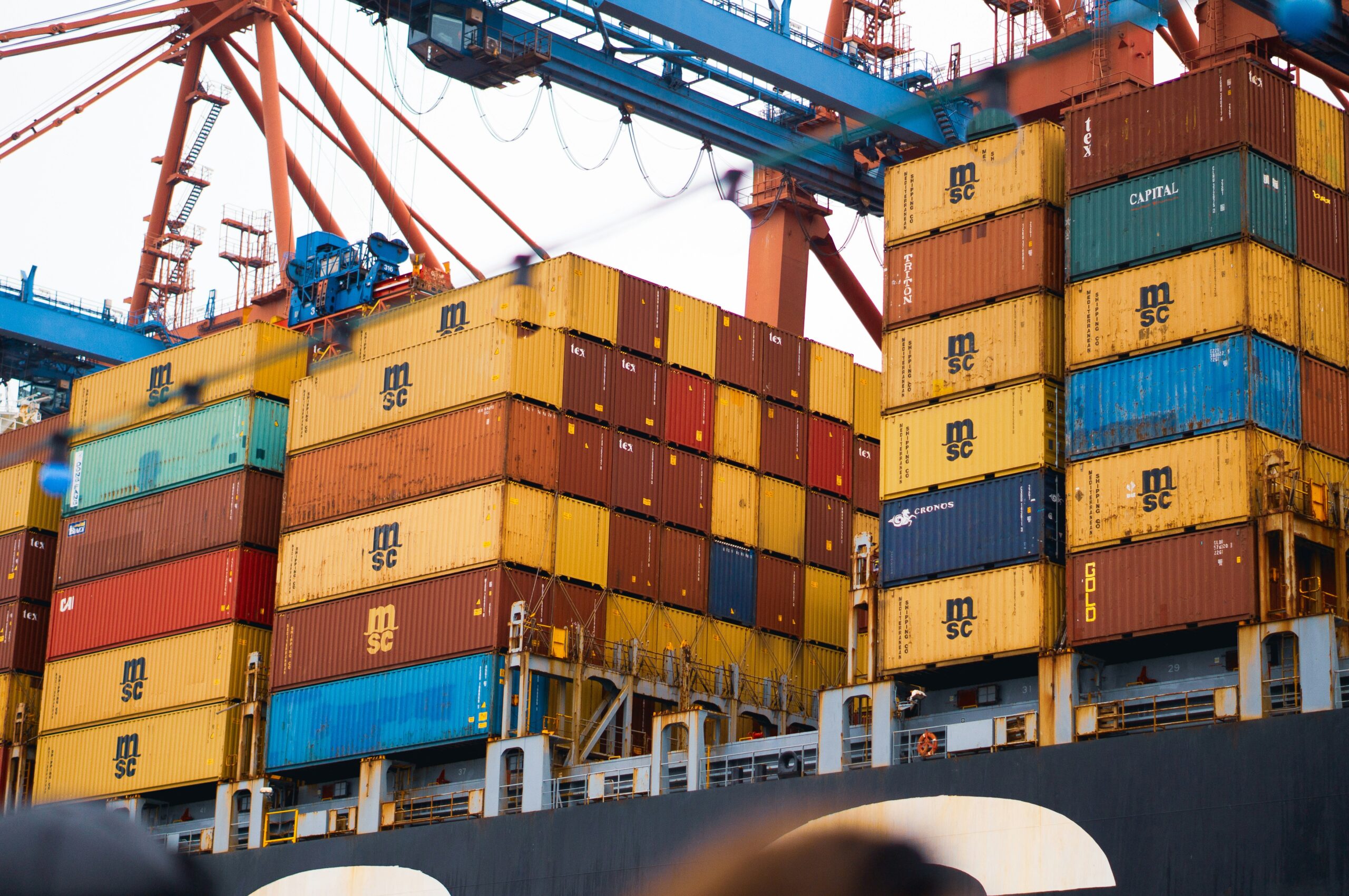The standards required to identify a product’s national source are known as the rules of origin. Their significance stems from the fact that taxes and other regulations frequently depend on the origin of imports. Regarding the rules of origin, there is a great deal of variance in how governments operate. Even though the necessity of substantial transformation is unanimously acknowledged, some governments use the change in tariff classification criterion, others the ad valorem percentage criterion, and yet others the manufacturing or processing operation criterion. It is therefore even more crucial in a world that is becoming more globally integrated that Members’ implementation of these criteria exhibits some degree of coherence in their practices.

Implementation
Rules of origin are used to apply commercial policy instruments and measures including anti-dumping taxes and safeguards. They are also used to decide whether imported goods would receive preferential treatment or most-favor nation (MFN) treatment. Rules of origin are relevant for government procurement, labeling and marking requirements, and trade statistics.
No Provision for Rule of Origin in GATT
The determination of a product’s country of origin in international trade is not governed by any specific GATT regulations. Each contracting party was free to choose its origin regulations, and depending on the individual regulation’s goal, it was even permitted to retain multiple origin regulations. According to the General Agreement, it should be up to each importing nation to decide whether commodities come from a specific nation to apply the most favorable-nation provisions. Countries are to make decisions as regards the rule of origin in accordance with the guidelines of their legal system.
Harmonization of Rules of Origin
All nations agree that the harmonization of origin rules would help the flow of global trade. Harmonization is the definition of origin rules that will be used by all nations and that will be the same regardless of the purpose for which they are applied. If origin rules are used improperly, they may end up being used as trade policy instruments themselves rather than just supporting them. However, such harmonization is a difficult task given the range of origin rules.
The Agreement’s purpose
The Agreement on Rules of Origin seeks to harmonize non-preferential rules of origin while also making sure that they do not obstruct trade. The Agreement outlines a work schedule for the World Trade Organization’s (WTO) and the World Customs Organization’s (WCO) joint efforts to harmonize rules of origin following the WTO’s entry into force.
Coverage
Rules of origin are those laws, regulations, and administrative rulings of universal applicability used to determine the country of origin of goods. According to Article 1 of the Agreement, those connected to the granting of tariff preferences are exempted. Thus, the Agreement only covers origin marking requirements and any discriminatory quantitative restrictions or tariff quotas, as well as those used for trade statistics and public procurement. It does not cover origin rules used in non-preferential commercial policy instruments like MFN treatment, anti-dumping and countervailing duties, safeguard measures or safeguard measures. However, it is stated that the Agreement shall not affect the decisions made to define domestic industry or similar goods of domestic industry.
Committee on Rules of Origin
The Agreement creates a WTO Committee on Rules of Origin that is accessible to all WTO Members. It must convene at least once a year to examine how the Agreements are being used and implemented.
Technical Committee of WCO
Under the direction of the World Customs Organization, a Technical Committee on Rules of Origin is established (formerly the Customs Cooperation Council). Its primary responsibilities are (i) carrying out the harmonization work and (ii) resolving any issues of technical issues with rules of origin. At a minimum, it must meet once a year. All WTO Members are eligible to join, and additional WCO Members and the WTO Secretariat are welcome to participate as observers.
Consultation and Resolution of Disputes
The Agreement is subject to the WTO’s rules on consultation and dispute resolution.
Rules of Preference for Origin
According to Annex II of the Agreement on Rules of Origin, preferential rules of origin must adhere to the same general principles and requirements as non-preferential rules of origin. They must be about transparency, positive standards, administrative evaluations, judicial review, non-retroactivity of changes, and confidentiality.
Notifications
Each member was required to give the Secretariat copies of its presence in effect rules of origin, relevant judicial decisions, and administrative rulings of general applicability. It was stipulated to be done within 90 days of the date the WTO Agreement entered into force for it. Lists of the information received and made available to them are distributed to all Members by the Secretariat. The Committee decided at its meeting on April 4th, 1995, that any notifications issued in a language other than a WTO working language must be accompanied by a summary issued in a WTO working language.



